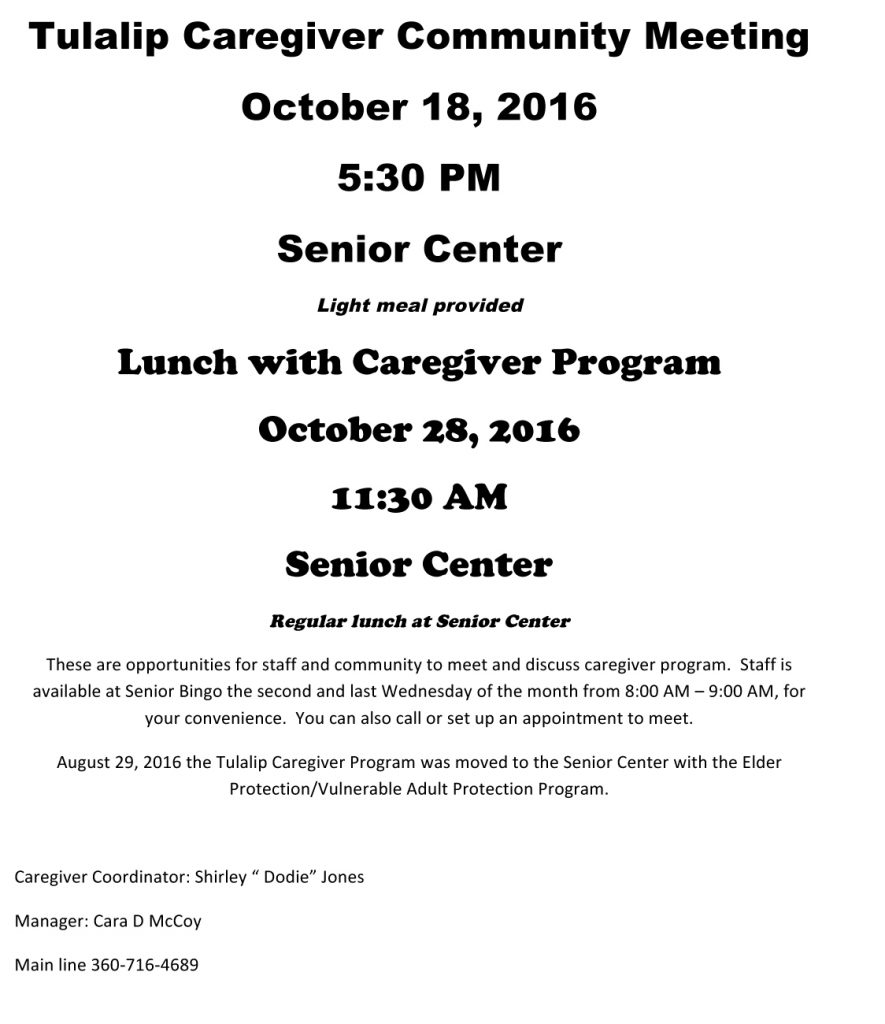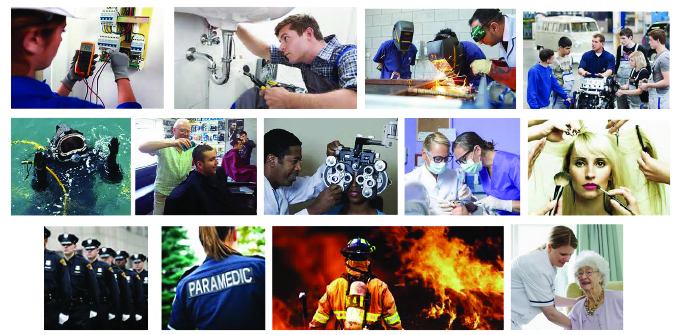By Niki Cleary, Tulalip News
Halloween is a magical time filled with fun, make-believe and, of course, candy, candy, candy. Unfortunately, the delicious caramels, chocolates, gummy treats and hard candies are not necessarily good for you. Here’s how to avoid some of the worst offenders and minimize the candy crash after Halloween.
What is sugar?
Sugar is a simple carbohydrate. The white sugar that you buy at the store is usually taken from sugar cane or sugar beets and processed to remove the plant material and other substances, leaving only the sugar crystals. I want to make clear, sugar occurs naturally in fruits and vegetables. Any time a food tastes sweet (think bananas, sweet potatoes or pumpkin), it’s because the food contains a lot of naturally occurring sugar. However, with natural sugars, the fiber and other nutrients in the plant help your body process the sugar more slowly, which reduces its negative effects. Added sugars, which are simple or processed sugars, are the more dangerous sugars.
Diabetes, tooth decay and the sugar hangover
In Native America, one of the most common specters of sugar consumption is diabetes. Only slightly less publicity is given to tooth decay. For parents, probably the most common and least talked about aspect of sugar is the dreaded “sugar hangover”. Bodycology.com explains that the sugar affects the body in a way similar to alcohol. It’s processed by the liver, kidneys, stomach and small intestines, so dehydration, electrolyte imbalances and tummy troubles can result in ‘hangover’ like symptoms. Over eating sugar can cause fuzzy thinking, lethargy, headaches, joint pain, constipation or diarrhea, skin problems or allergy symptoms and mood swings. If you’ve ever given a toddler chocolate near bedtime, you can attest to the mood altering properties of sugar.
The best defense against the perils of sugar is moderation. Limit the amount of sugar that you consume, and if you do provide candy, stay away from sticky candies and hard candies. Sticky candies stay glued to your teeth longer, especially in the hard to reach areas between teeth, increasing the possibility of tooth decay. Hard candies can literally break teeth when chewed. Candies that dissolve quickly, soft candies and chocolates are a better dental choice than taffy, caramels and jawbreakers.
Don’t underestimate the power of brushing teeth, or just following candy with a glass of water to remove sugar residue from teeth. Halloween is also a great time to schedule your next dental check-up and talk to your dentist about strategies to keep teeth healthy and clean.
How to avoid the candy trap
One great strategy is to host a Halloween party instead of going trick or treating. Halloween parties allow you to maximizes the creepy décor and enjoy tasty and healthy treats that have all the fun of Halloween without the sugar.
Instead of bowls of candy, try scary appetizers and snacks. Spidery deviled eggs are an easy, high protein snack. Top your favorite deviled egg recipe with black olives. Use a half-olive for the body of the spider and slivers of olive for the legs. A name change and some food coloring can quickly revamped dinner into something scary. Spaghetti and meatballs can become worms and eyeballs. Add some green or blue food coloring to tomato soup and cut your bread and cheese with a “hand” cookie cutter for hand sandwiches and black sludge. Maybe try your hand at carving jack-o-lantern stuffed peppers.
Want to involve your kids in the food prep? Start a Halloween tradition of baking and decorating cookies. Roll out either store bought or homemade sugar cookie dough, cut with Halloween cookie cutters, bake then decorate with colorful icing. Again, you can make your own icing, or buy it for quicker, easier decorating.
Instead of sugar cookies, you might enjoy witches’ fingers. This works with any shortbread cookie recipe or even canned biscuits or breadsticks, add green food coloring or roll in ground almonds for a witchy skin tone. Roll the dough into cylinders, pinch the dough in two places to create skinny ‘fingers’ with arthritic knuckles, and slice the top of the ‘knuckles’ to add wrinkles, insert a slivered almond for the finger nail, and voila, enjoy a crunchy, creepy sweet.
If you do end up with tons of candy, consider relying on the Switch Witch. Legend has it that the Switch Witch will trade your candy for prizes and money if you leave it out for her (she must be related to the Tooth Fairy). Many dentists will also trade candy for toothbrushes, stickers and other fun dental health items. Another option is to donate your candy to service men and women who may not have access to their candy favorites while they serve oversees in the military.
Whatever you do this Halloween, don’t forget the costumes and lots and lots of fun!
Web resources
www.Allrecipes.com/recipes/holidays-and-events/Halloween
http://www.halloweencandybuyback.com/
http://bodyecology.com/articles/sugar_hangover_physical_emotional_symptoms.php#.VEAOTLd0zcs







